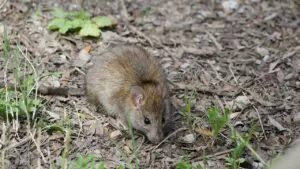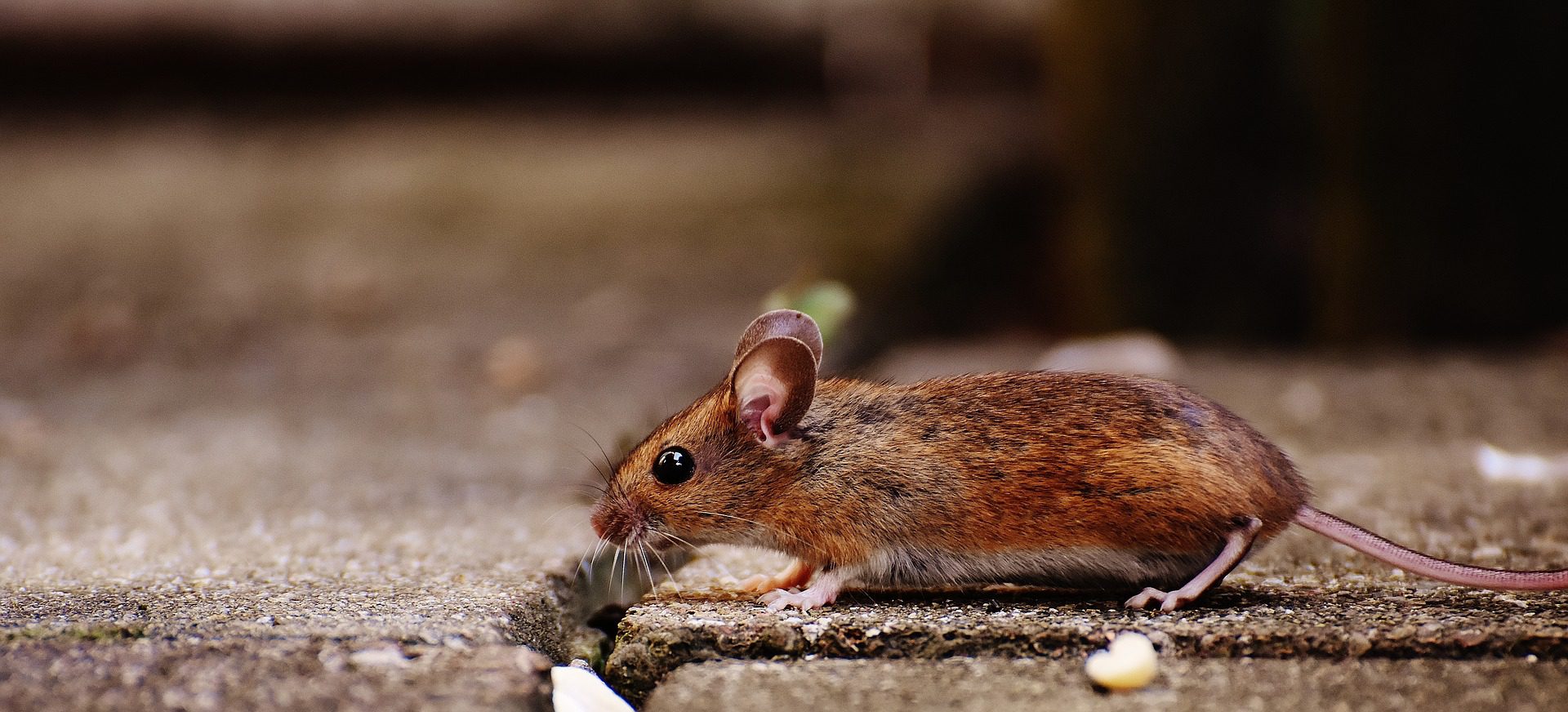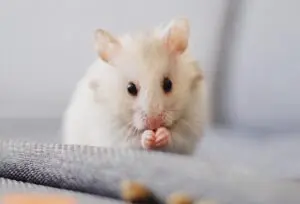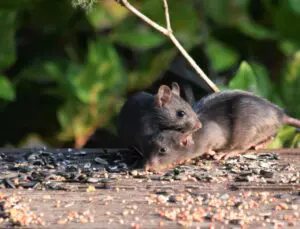

It’s almost that time of year again- the time to start mouse-proofing our homes and businesses. Not a very exciting time of year in that aspect, so we thought we’d liven it up a bit with 15 fun facts about mice.
1. Mice can squeeze through tiny holes
Mice have a remarkable ability to fit through tiny openings that are much smaller than themselves. Some mice can make it through gaps as small as 6 millimeters- that’s smaller than half of a dime! Unfortunately for us, that means they can enter buildings through virtually any crack or opening. You can seal these gaps using silicone caulk or steel wool.
2. Mice can sing
That’s right- mice are among the 4 mammals that can sing. Joining mice on the list are whales, bats, and of course, humans. Male mice will serenade the females they are courting with an ultrasonic song.
3. Mice have poor eyesight
Like other rodents, mice do not have very good eyesight, and they see best in dim light. They are colorblind as well, rendering them unable to see red light. They see colors similarly to how a person with red-green color blindness sees colors.
4. Mice’s other senses are terrific
To make up for their bad eyesight, mice rely on their other senses- specifically, their hearing and sensitivity to their surroundings. Believe it or not, mice actually have ultrasonic hearing and can hear up to 90 kHz! In addition to their excellent hearing, mice use their whiskers to sense surface textures, breezes, and even temperature changes. This allows them to be very aware of their surroundings at all times.
5. Mice leave a lot of droppings
Anyone who has ever had to deal with a mouse infestation knows just how many droppings the pests leave around. It seems impossible that such small creatures could leave that many droppings, but somehow there’s always more. This is because one house mouse produces between 40 and 100 droppings a day, and roughly 36,000 droppings in a year. Mice also leave urine everywhere they go as markers. Needless to say, mice are very unsanitary pests to have in a home or business and their habits can cause health concerns. On the bright side, though, rodents do not vomit!
6. Mice carry many pathogens
Beyond their unhygienic bathroom practices, mice can make people and pets sick with diseases and bacteria. Mice are known to carry more than 35 diseases worldwide, according to the CDC. Some of the main rodent-borne illnesses in the United States include Lymphocytic choriomeningitis (LCM), Hantavirus pulmonary syndrome, leptospirosis, salmonellosis, and tularemia.
7. Mice are acrobats
Mice are very nimble pests. They are good swimmers and can climb many surfaces. Their tails provide them with balance, allowing them to walk across ropes and wires. What’s more, they can jump a foot high and run as fast as 7.5 miles per hour! Their incredible agility allows them to access counters, pantries, and cabinets rather easily, so it is important to keep all food in sealed containers.
8. Mice eat quite a bit
Between all their jumping, climbing, and running, mice expend a lot of energy. As a result, they need to eat a lot of food. Mice eat anywhere from 15 to 20 times a day, consuming around 0.15g per sitting. In total, they eat about 3-4g of food per day. No wonder they leave so many droppings! Because they eat so often, mice tend to build their nests within 10 to 30 feet of a food source.
9. Mice are mischievous- in more ways than one
Did you know that a group of mice is called a mischief? That seems fitting considering the amount of damage they cause with their antics. Every year, rodents infest around 21 million homes and are responsible for millions of dollars in damage in the U.S. alone.
10. Mice teeth never stop growing
Specifically, their two front teeth. This is the case with all rodents, and it is the reason behind all of their chewing. Since their teeth grow about 0.3mm per day, they need to chew on materials to keep them from growing too long. They chew through many different materials like cardboard, furniture, wires, and more.
11. Mice reproduce abundantly
One female mouse can produce as many as 10 litters in a year. Given that each litter consists of between 4 and 16 pups, populations can grow very quickly in the right conditions. Mice mature to reproduction age by around 6 to 10 weeks of age, each now having their own litters. Altogether, one pair of mice and their pups can produce as many as 8,000 new mice in a single year.
12. Mice have nest building in their DNA
It’s true! As bizarre as it sounds, nest building technique is genetic in mice. Different species build different types of nests- for instance, some mice build nests with long entrances and escape tunnels, while others build nests with shorter entrances and no escape routes at all. Scientists have found that when a litter of mice is separated from its parents and raised with absolutely no influence from outside factors (i.e. other mice), they will still build their nests using the same techniques as their parents. As with any gene, there are dominant and recessive traits, meaning that when two mice of different species reproduce, their offspring’s nest building technique follows that of the parent mouse who held the dominant technique gene.
13. Mice are great communicators
Believe it or not, mice are actually quite adept at communicating with one another. There are a few different “languages” with which mice converse, including physical, odorous, and vocal. Mice can produce ultrasound to chat with each other, which means their vocal expressions cannot usually be heard by humans. They use their facial expressions and body language to both communicate with others and convey their mood.
14. Mice have very fast heartbeats
A mouse’s heart will beat anywhere from 310 to 840 times per minute. To put that into perspective, a human’s heart rate is between 60 and 100 beats per minute.
15. Wood mice can shed their tail
Wood mice are great escape artists- at least they are when they’re caught by the tail. This is because they can shed the ends of their tails to get away from predators. Unfortunately for the mouse, though, the tail does not usually grow back.
As pesky as they are, mice are quite interesting creatures. Still, they are hazardous pests and should be eradicated as swiftly as possible. If you see any signs of mice in your home or business, give us a call and we’ll send one of our experts your way. If you want to read more mice, check out our mice resource page here.
FAQS
Do mice have good eyesight?
No, mice have poor eyesight and are mostly colorblind. They rely on their whiskers, smell, and hearing to navigate their surroundings.
Facts about Mice?
Mice are small, nocturnal mammals that belong to the rodent family. They are commonly found in homes, fields, and forests. Mice reproduce quickly, often having large litters, which makes them a successful species worldwide.






